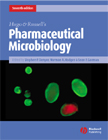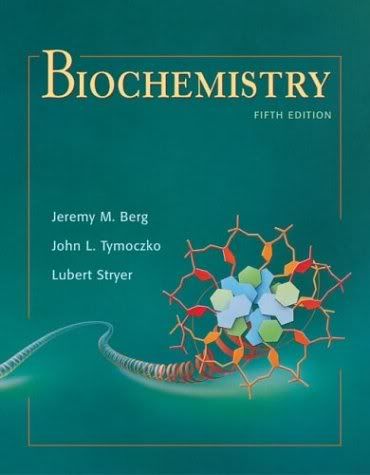 llular Proteomics: From Cell Deconstruction to System Reconstruction
llular Proteomics: From Cell Deconstruction to System ReconstructionThis volume summarizes the new developments that made subcellular proteomics a rapidly expanding area. Recent success stories demonstrated that the combination of subcellular prefractionation methods with proteomic analysis is a very potent approach to simplify complex protein extracts from cells or tissues and to detect low abundance proteins.
It also made clear that sophisticated strategies encompassing sample preparation, analytics and validation steps were required to fully exploit the potential of subcellular proteomics
Click here to know more about the book by Helping Hands

























